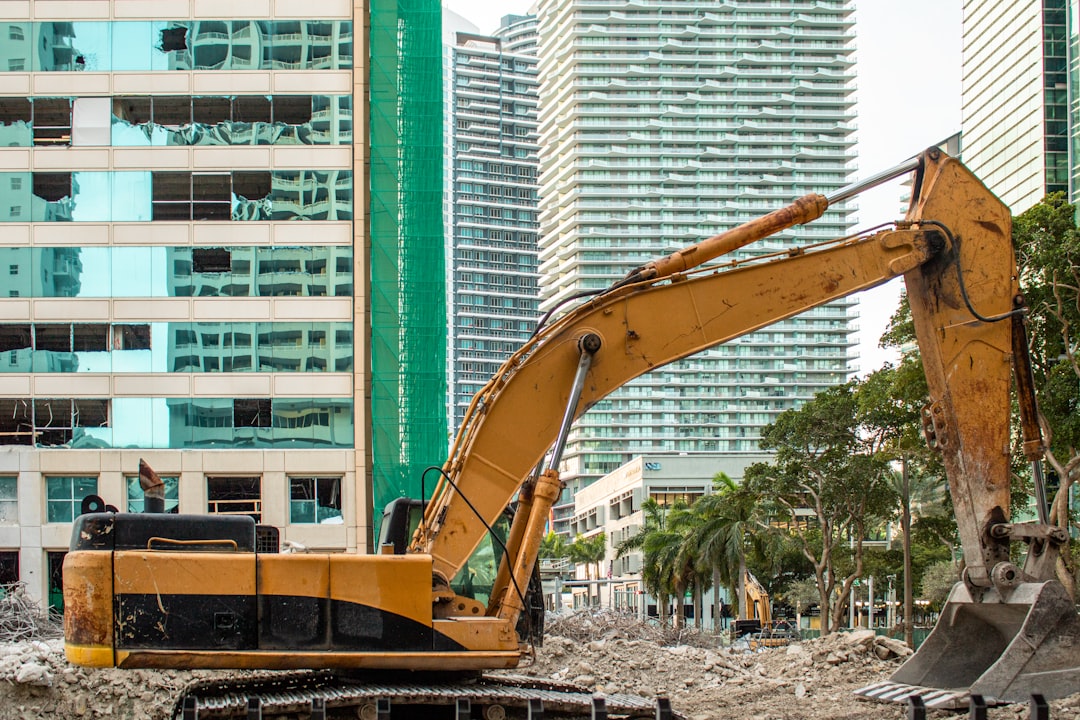Understanding the Real Cost of Excavation in Residential Construction
Excavation is a critical step in residential construction, with costs ranging from $3,500 to $32,000 depending on project scope. Factors such as soil type, site accessibility, and groundwater management significantly influence these costs. CountBricks offers AI-driven solutions to provide precise estimates, ensuring budget control from the outset.
Why Excavation Costs Vary So Widely
The cost of excavation is influenced by several factors:
- Soil type and density – Different soils require specific equipment and labor.
- Site accessibility – Urban sites may need compact machinery.
- Depth and volume – Deeper excavations increase costs.
- Groundwater management – Additional measures may be needed.
- Local disposal fees – Vary by location and distance.
- Environmental regulations – Can add to costs.
Typical Residential Excavation Price Ranges
National averages for excavation projects include:
- Small slab-on-grade addition: $3,500 – $6,000
- Standard single-family foundation: $7,500 – $12,000
- Full basement dig: $18,000 – $32,000
- Pool excavation: $5,000 – $9,000
Local conditions and market rates can affect these figures. CountBricks provides geolocation adjustments for accurate pricing.
Hidden Costs Many Budgets Miss
- Utility locating and temporary disconnects
- Import fill or engineered backfill
- Retaining walls for slope stabilization
- Rain delays and remobilization fees
- Recompaction testing
CountBricks captures these costs to prevent budget overruns.
How CountBricks Calculates Accurate Excavation Costs in Minutes
- Voice-to-Estimate: Converts speech to tasks.
- Real-time Takeoffs: Automates volume calculations.
- Localized Unit Pricing: Uses regional data for accuracy.
- Smart Contingencies: Suggests risk allowances.
- Instant PDF Quotes: Provides detailed proposals.
Step-by-Step Residential Excavation Workflow
- Site walk and soil probe
- AI voice session to capture scope
- Blueprint upload for calculations
- Estimate generation with detailed line items
- Scheduling and mobilization
- Daily progress logs
Reducing Excavation Risk with CountBricks Pro Tips
- Schedule a soils report early
- Compare multiple haul-off destinations
- Layer contingencies for weather and rock
- Record voice memos for unexpected conditions
When to Re-Estimate Your Cost of Excavation
- After receiving final grading plans
- When new stormwater requirements arise
- If material prices fluctuate significantly
CountBricks updates estimates quickly, saving time.
Case Snapshot: Hilltop Custom Home
A Texas project reduced excavation costs from $45k to $37,800 by identifying bedrock earlier. This efficiency led to faster approvals and project start. More details at CountBricks.com.
The CountBricks Advantage
CountBricks replaces guesswork with data, ensuring transparent and accurate excavation pricing. Start your project with confidence by visiting CountBricks.com.
Dig Deeper: Advanced Excavation Strategies with CountBricks
For contractors, managing excavation costs involves anticipating challenges. CountBricks combines AI insights with proven strategies to optimize your earthwork phase.
Leveraging Soil Reports for Savings
- Upload geotech PDFs to analyze conditions.
- Set thresholds for rock content to adjust bids.
Optimizing Haul Routes in Real Time
- Use live traffic data to adjust disposal routes.
Dynamic Crew Scheduling
- Operator logs in via mobile.
- Compare productivity against benchmarks.
- Adjust crew size or equipment as needed.
Post-Dig Verification
- Use drone photos for 3-D analysis.
- Trigger change orders for significant variances.
Result: Predictable Profitability
Implementing these strategies can lead to significant savings and reduced schedule overruns. Visit CountBricks.com for more information.

